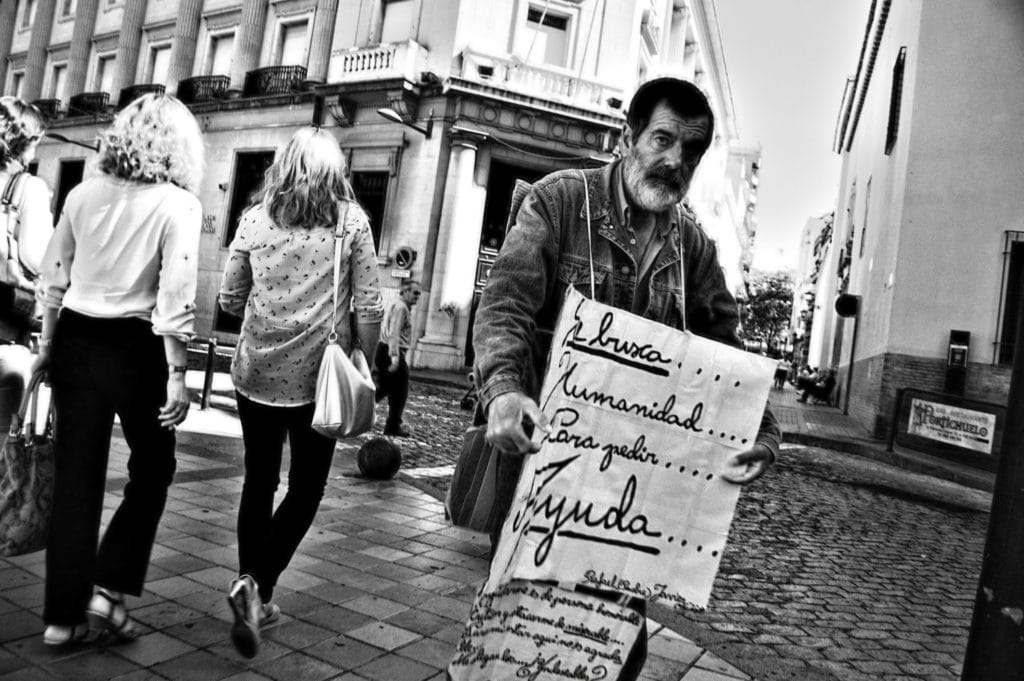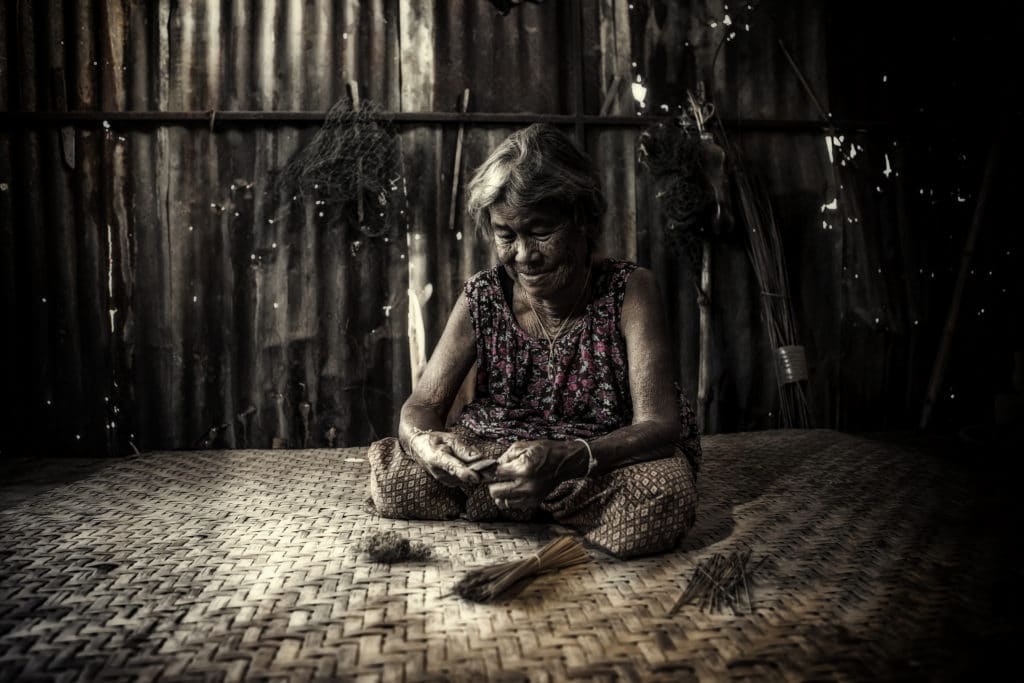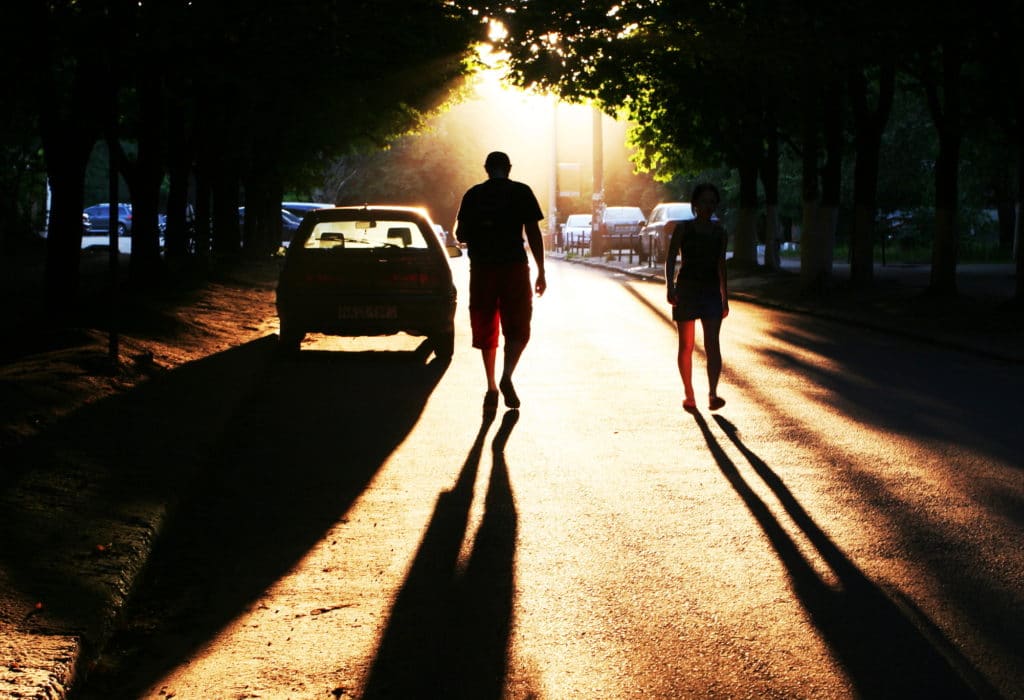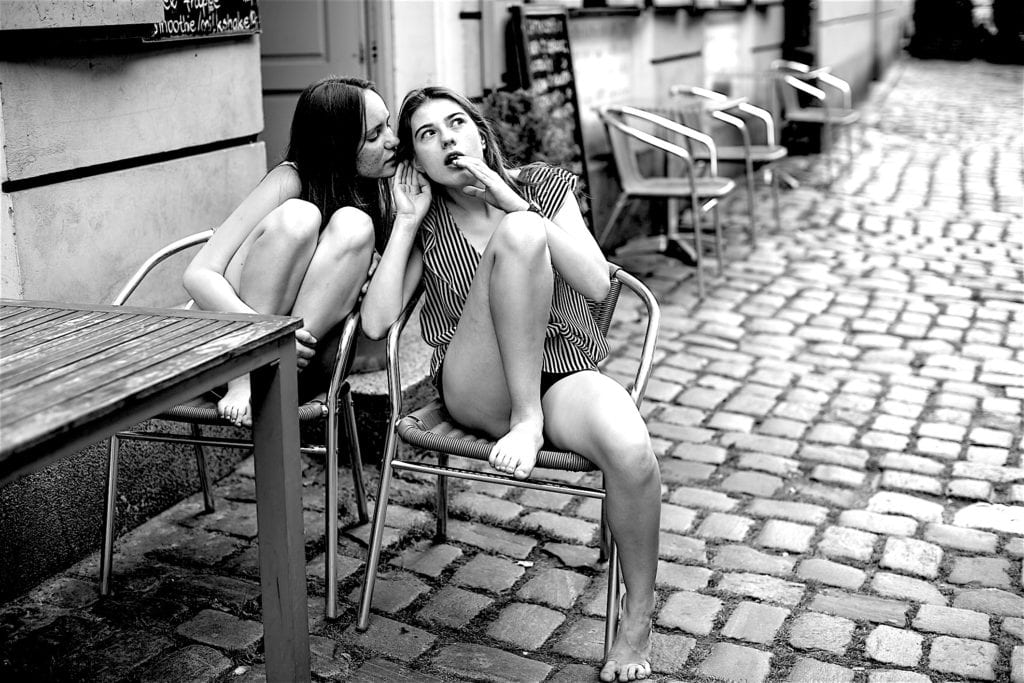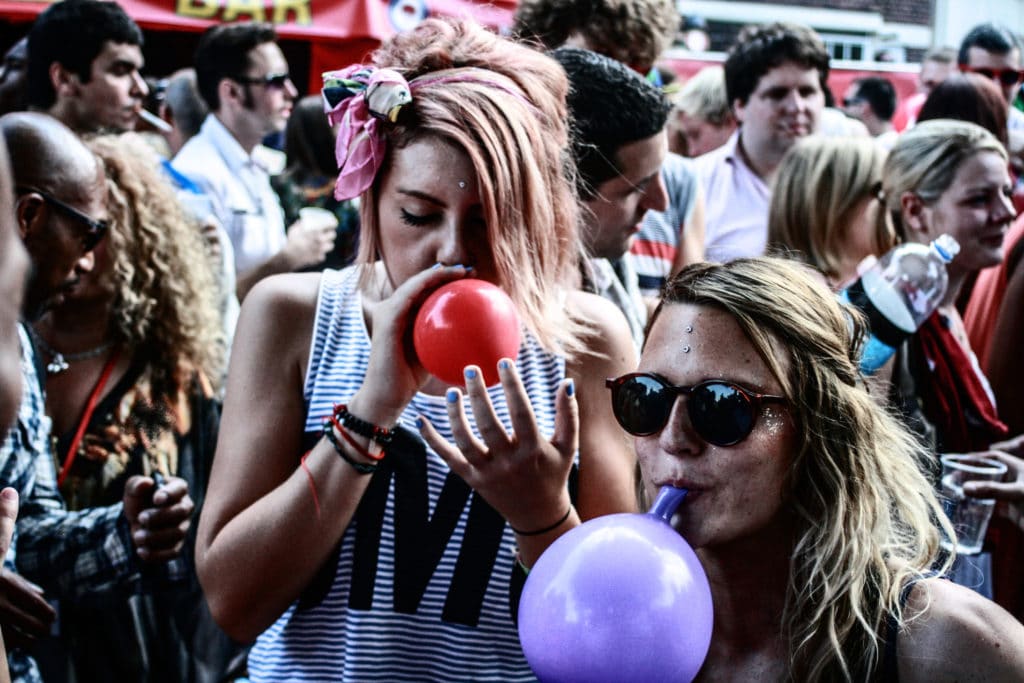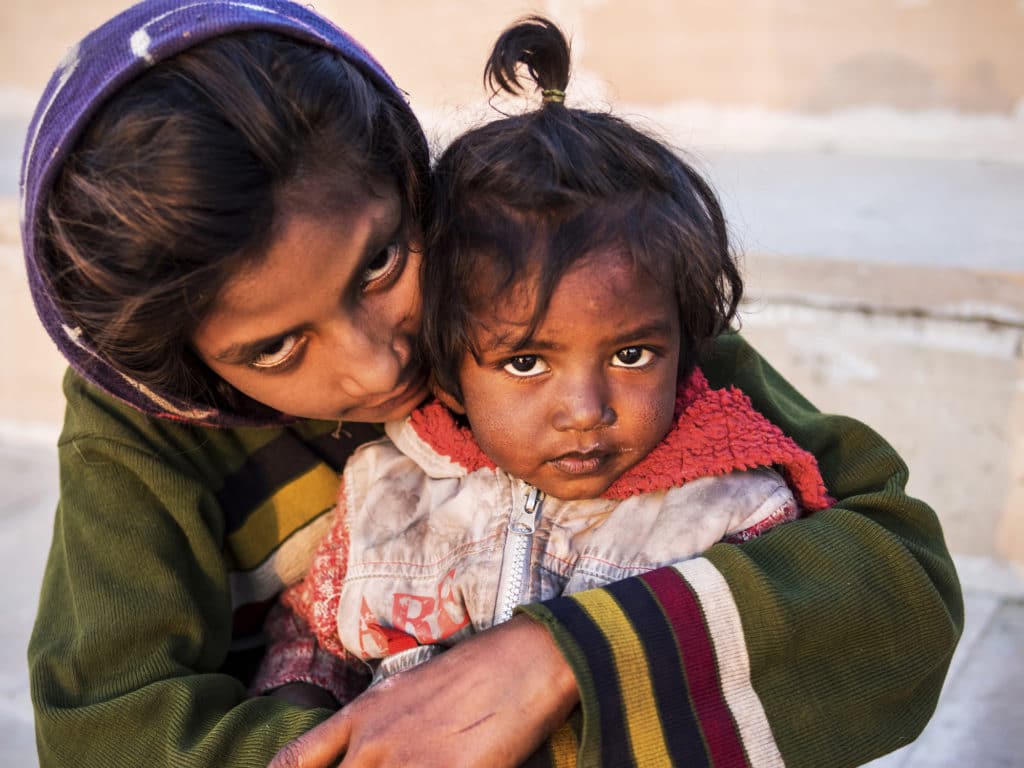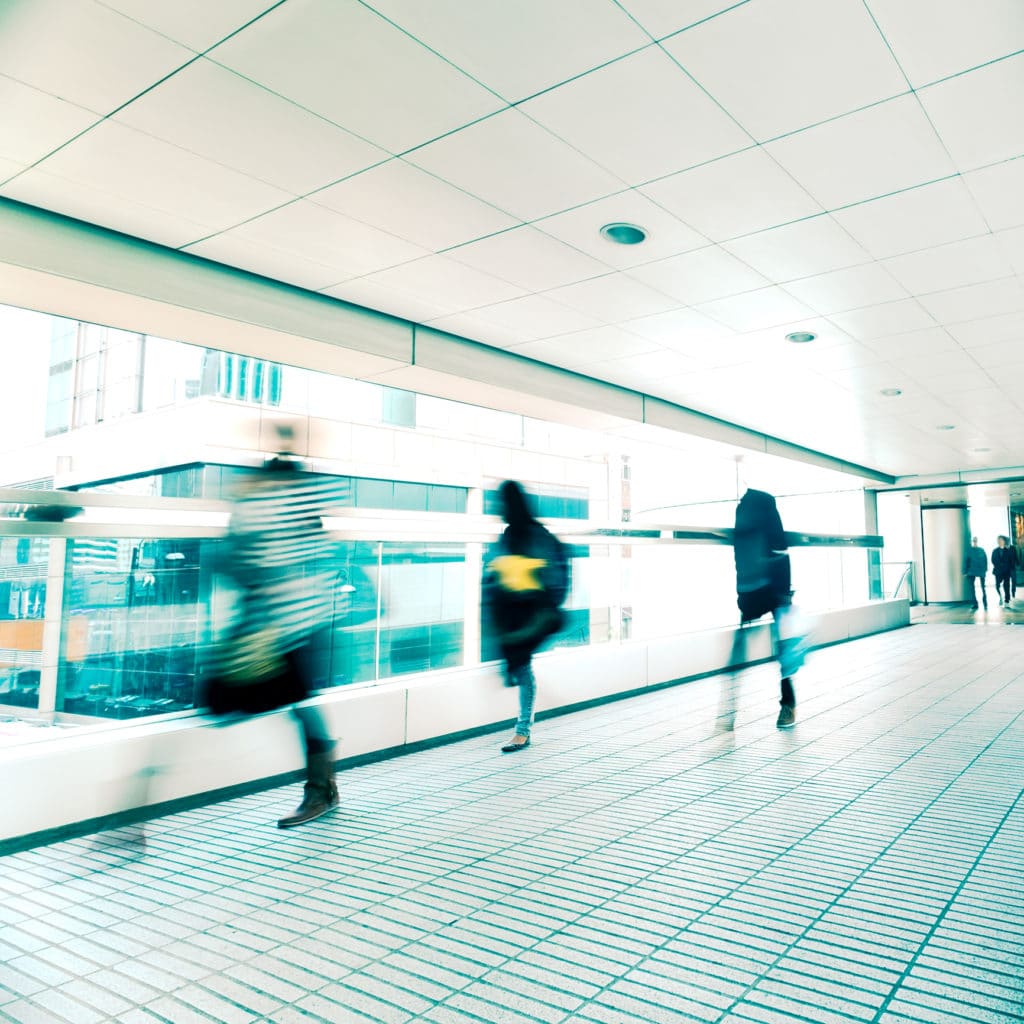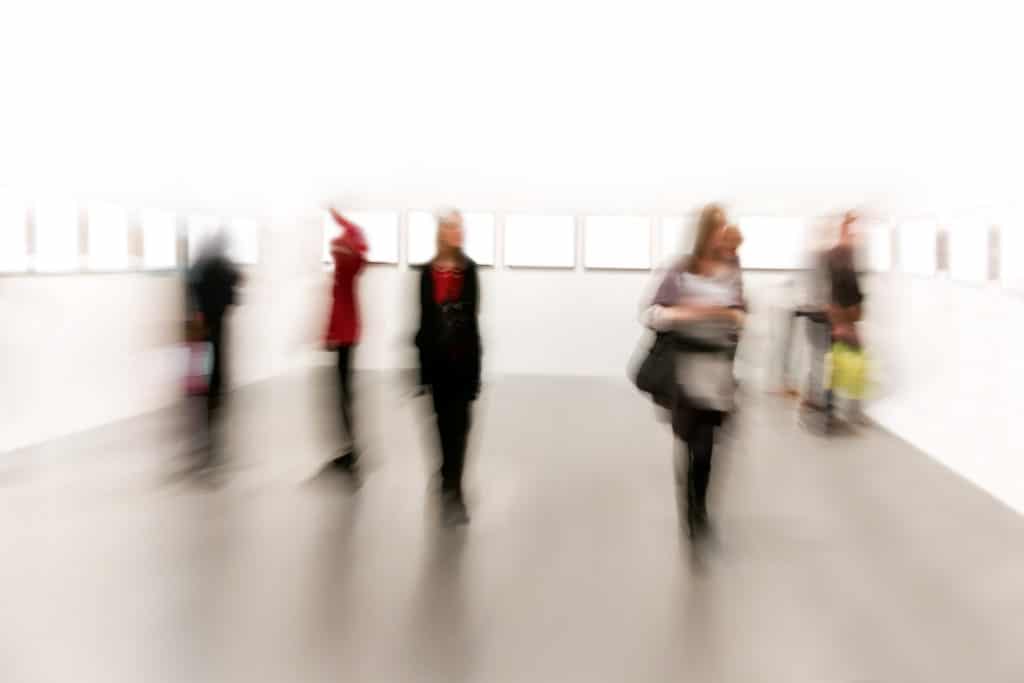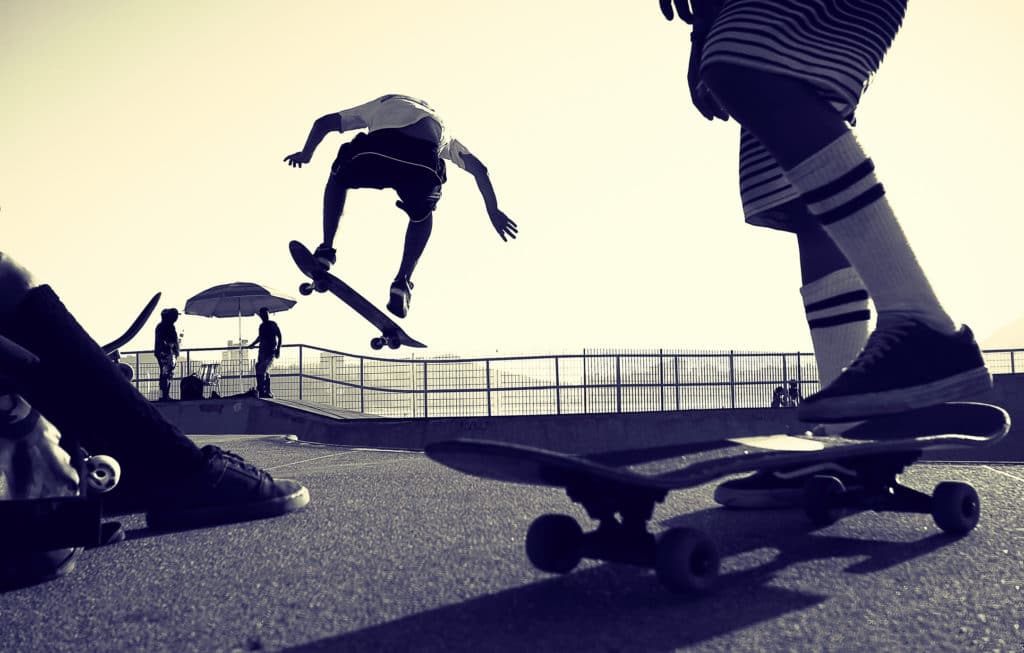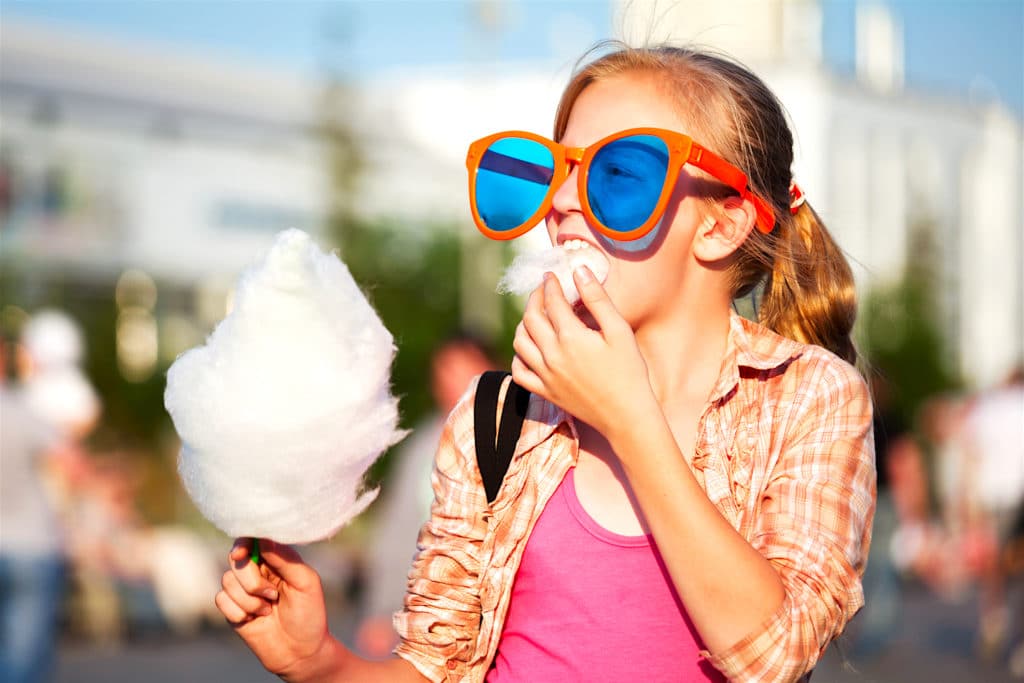Join the IOP Diploma in Street Photography Online Course now or read on for an introduction to the genre.
What Is Street Photography?
” The marvels of daily life are exciting; no movie director can arrange the unexpected that you find in the street.” Robert Doisneau
Wikipedia defines street photography as follows; Street photography is photography that features the chance encounters and random accidents within public places.
Street photography doesn’t necessarily require a specific subject because its concern is daily life and everything that happens in a public space. The image could be a social or economic observation.
Humour, juxtaposition and metaphor are also techniques used. For many genres of photography, there is a degree of pre-visualisation because you can plan the subject, lighting and composition. In essence, street photography is about seeing and reacting either by anticipation or as the event unfolds but in a way that is effortless and ‘zen’ like in practice.
It is in fact for this reason street photography is a minimalist pursuit that takes many miles of walking and exposures to master. Street photography legend Henri Cartier-Bresson ‘Your first 10000 photographs are your worst’ nicely sums up how difficult this genre is to master without practice.
Documentary (Reportage) Photography is seen to be a very close relation to Street Photography and to make matters far more complicated can also be the same. The lines are blurred now more than ever with the distinction between genres being more dependent on the photographer and their style.
For example, look at the work of Sebastião Salgado (documentary photographer) and Vivian Maier (street photographer). Salgado produces long-term essays that take many years; however, when viewed as individual images they could be considered as street images. Vivian Maier however never shot anything other than random street pictures and had no long term shooting agenda.
The Documentary style is defined by its social, political or economic message and intention to record history as it happens or to create a visual narrative specific to a person, etc. Documentary photography requires research and the long term objective of an investigation into every aspect of the issue it’s concerned with as opposed to street photography that has no interest in anything other than an unplanned event with usually unaware subjects. The street photographer will often have no pre-determined agenda in other words other than to be inquisitive.
So, the title Street Photographer is someone who goes out to public places and takes photos (usually candidly). But there are many heated debates whether or not street photography could include great images by Diane Arbus (Child with Toy Hand Grenade ), or Henri Cartier-Bresson’s (Transvestite and Two women in Spain), and William Klein’s (Gun 1).
These images were not candid in any sense because the subjects were aware and interacted with the photographer, but they are images shot on the street. In my opinion, these images do fall into the subcategory of street portraiture, and therefore, in every sense of the meaning, these are street photography images. You may feel different.
History of Street Photography
The ‘invention’ of photography in the early 20th century coincided with the industrial revolution and significant urbanisation in the West and the opening up of travel opportunities to the rest of the world for those who could afford it.
In 1816 Joseph Nicéphore Niépce (1765-1833), using paper coated with silver chloride, created images that were inverted (a negative) and not permanent enough to be typically viewed in daylight. With no way to prevent the light-sensitive coating from darkening, Niépce decided to use light-sensitive organic substances and began to succeed in producing a stable light-sensitive substance coated onto pewter. The oldest surviving image (View from the Window at Le Gras) was shot around 1826/27.
It was Niépce’s colleague, Louis Daguerre who went on to develop the daguerreotype process that ultimately led to the development of the film emulsion we still have today. With the birth of the light-sensitive coating onto glass or tin plate, the birth of street photography began towards the middle of the 1800s with Count Sergei Lvovich Levitsky, who in 1847 designed a large format bellows camera that focused far more precisely. To this day, his designs are still in use.
As the hobby and profession of photography gathered pace, George Eastman in 1884 developed a dry gel paper, which replaced the need for plates. In July 1888 the Kodak camera became available to the masses with the iconic slogan of “You press the button, we do the rest”.
With small cameras came the ability to take photos anywhere without the need for a horse, cart and bottles of toxic chemicals. By 1909, the photographic process made a huge technological leap when 35mm was accepted as the preferred film size for film productions in Hollywood. The Leica rangefinder camera, created by Oskar Barnack in 1925 created a movement of photographers that to this day still uses and prefers the rangefinder camera for street photography.
As chemical and technology advanced, so creatively minded people took up photography often with no thought to a creative process. John Thomson (1837 – 1921) was a pioneering Scottish photographer and traveller who in 1862 throughout the Far East spending time in Singapore, Malaya, Indonesia, Sri Lanka, Thailand, Cambodia and Vietnam. Thomson’s street photography in London is one of the first examples of street photography even though the term hadn’t been invented yet.
Henri Cartier-Bresson (1908-2004) is an icon amongst the best street photographers of all time. He first spoke of the “decisive moment” (the split second when content, form, vision and composition merge into a transcendent whole for a split second). The notion of “the decisive moment” has become a mantra not only for all street photographers but for every photographer.
While there were early practitioners of street photography in the loosest sense of the term in the 1800s, it wasn’t until the mid 20th century that the genre began to gain popularity. Street photography in the USA and Europe took off with a very close relationship to the documentary genre and in fact, could be considered as brother and sister genres.
The following is a list of the most notable Street Photographers from the early days to the present day. It is a subjective list because there are hundreds of photographers who could be included and today thousands who would be worthy of study. You may have heard of a few of them but for those you have not heard of, please Google them and view some of their work.
Trente Parke
Gary Winogrand
William Egglestone
Elliott Erwitt
Bruce Gilden
Benjamin Lowy
Vivian Maier
Robert Doisneau
Alexey Titarenko
Joel Meyerowitz
Nick Turpin
Henri Cartier-Bresson
Rui Palha
Alex Webb
David Gibson
Nils Jorgensen
Jesse Marlow
Diane Arbus
Christophe Agou
Robert Frank
William Klein
Saul Leiter
Helen Levitt
Bruce Davidson
Lisette Model
Ernst Haas
Matt Stuart
Lee Friedlander
Martin Parr
Daido Moriyama
Street Photography Styles
The style is very closely related to the photographer’s personality whether conscious or unconscious. There could be an alter ego or split personality that dominates how we see the world around us and, for this reason, there are as many styles as there are photographers. However, we can put styles in several boxes that encompass most styles. There is also another element to consider which I will discuss in further detail later in the module, and that is the issue of whether to shoot in black and white or colour.
Unobtrusive
The subject will have no idea they have had their photo taken. Their personal space may or may not have been entered into. In essence, this is pure candid photography whether shot on a long lens at distance or wide angle close up. The most notable photographer who shot this style is Henri Cartier-Bresson, who used a Leica M rangefinder often with a 50mm lens.
Intrusive
The subject will have no doubt their photo has been taken! The photographer doesn’t hide their intention. The most notable photographer who shoots this style is Bruce Gilden, who also uses a Leica M rangefinder with a 28mm lens. Either loved or loathed his street style is unique.
Geometric
By initially composing a geometric composition the photographer will wait for a person or people to add to the overall composition. The use of shadow and highlights formed in angles or lines or concrete/natural lines that change through the day dependent on lighting. Rui Palha is very well known for this style.
Fine Art
Fine art street photography emphasizes composition and light above the decisive moment. It’s more likely to be a pre-planned image by making full use of light, colour and textures for example. It could also use the geometric style but perhaps without people (and be more like urban architectural photography).
Alexey Titarenko is an excellent example of this fine art style. He uses a Hasselblad 500cm 6×6 film camera shooting in black and white and uses long exposures to create blur and movement in street scenes. At the other end of this sub-genre of street photography is William Egglestone whose colour style is unique to him.
The Decisive Moment
The ability to know something is going to happen before it happens and the ability to see the smallest details is an essential skill to shoot this style. If you have seen the image and not clicked the shutter, the chances are you have missed the shot! Nick Turpin is an excellent example of this style, but of course, Henri Cartier-Bresson is the father!
Portraiture
Shooting portraits in an uncontrolled environment takes practice. The picture can be candid or posed. Even though the climate may be uncontrolled, you do have a choice as to when and where you shoot. Diane Arbus was a master of the street portrait.
Summary
The definition of Street Photography is subjective and should be personal to us and our vision that is ultimately determined by our personality. Street Photography has changed over time because of technological advances and mostly cultural fashion movements plus individual photographers who defined a style within the genre.
It is about people and the urban environment and is concerned with capturing unusual or humorous split-second events of everyday life. The street photographer is a storyteller that doesn’t need any words other than the time, place and date to give context to the image they are showing. Street Photography can be candid or a collaboration between the photographer and subject.
The strength of the image is what it communicates to the viewer about the moment in time it was produced and, therefore, gives a flavour to the viewer that if successful the viewer will retain in their memory. A successful street photograph can be unsharp, under or overexposed or even abstract. If its correctly exposed and sharp but has no context or meaning, then the image will fail.
“To me, photography is an art of observation. It’s about finding something interesting in an ordinary place… I’ve found it has little to do with the things you see and everything to do with the way you see them.” Elliott Erwitt
Article by Stewart Weir.
Enrol on the Diploma in Street Photography now.

